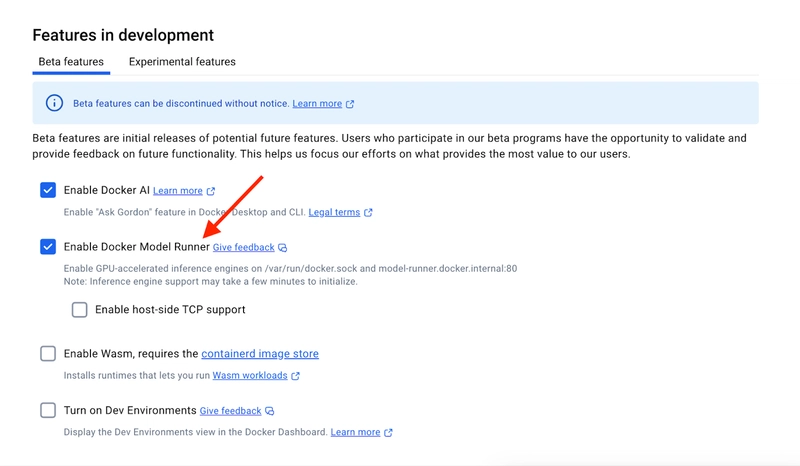Power Automate: format JavaScript error object for email
In my Power Pages portal project I would need to be notified on user client-side errors. I will later make an extensive thread on how I implement this, but this post is how to format a typical error object that comes from the JavaScript catch handler. Typical flow 1) Error is caught in JavaScript code 2) Error object is prepared with all client-side details 3) Power Automate flow is triggered where email with the error details is sent to the admin Error object Let's now make a dummy Error object: console.dir( new Error( 'Smth went wrong' , { cause: { desc: "some descrtion here", comments: "some comments here", someObj: { newProp: "new value" }, someArr: [ {name: "name1", value: "value1"}, {name: "name2", value: "value2"} ] } } ) ) We would get the following error that we would need to send by email: We will send this object to Power Automate in the request body as follows: fetch( url , { method: "POST", body: JSON.stringify( { wb_data: JSON.stringify( { desc: "some description here", comments: "some comments here", someObj: { newProp: "new value" }, someArr: [ {name: "name1", value: "value1"}, {name: "name2", value: "value2"} ] } ) } ) } ) Result in the email body will be rendered in one line and look like this: {"desc":"some description here","comments":"some comments here","someObj":{"newProp":"new value"},"someArr":[{"name":"name1","value":"value1"},{"name":"name2","value":"value2"}]} That is not what I want. How to fix We need to use the space parameter when doing JSON.stringify Let's redo the logic: fetch( url , { method: "POST", body: JSON.stringify( { wb_data: JSON.stringify( { desc: "some description here", comments: "some comments here", someObj: { newProp: "new value" }, someArr: [ {name: "name1", value: "value1"}, {name: "name2", value: "value2"} ] } , null , ' ' // this is a space separator that is rendered in Outlook HTML tags as a visual space ).replaceAll('\n', '') // when applying the space param, '\n' is added automatically which we need to convert to new line for HTML } ) } ) Ref  . Result Actual string that will be sent to the email body will look like this: '{"wb_data":"{ \\"desc\\": \\"some description here\\", \\"comments\\": \\"some comments here\\", \\"someObj\\": {  \\"newProp\\": \\"new value\\" }, \\"someArr\\": [  {   \\"name\\": \\"name1\\",   \\"value\\": \\"value1\\"  },  {   \\"name\\": \\"name2\\",   \\"value\\": \\"value2\\"  } ]}"}' Actual email body in Outlook will look like this: { "desc": "some description here", "comments": "some comments here", "someObj": { "newProp": "new value" }, "someArr": [ { "name": "name1", "value": "value1" }, { "name": "name2", "value": "value2" } ] }

In my Power Pages portal project I would need to be notified on user client-side errors. I will later make an extensive thread on how I implement this, but this post is how to format a typical error object that comes from the JavaScript catch handler.
Typical flow
1) Error is caught in JavaScript code
2) Error object is prepared with all client-side details
3) Power Automate flow is triggered where email with the error details is sent to the admin
Error object
Let's now make a dummy Error object:
console.dir(
new Error(
'Smth went wrong'
, {
cause: {
desc: "some descrtion here",
comments: "some comments here",
someObj: {
newProp: "new value"
},
someArr: [
{name: "name1", value: "value1"},
{name: "name2", value: "value2"}
]
}
}
)
)
We would get the following error that we would need to send by email:
We will send this object to Power Automate in the request body as follows:
fetch(
url
, {
method: "POST",
body: JSON.stringify(
{
wb_data: JSON.stringify(
{
desc: "some description here",
comments: "some comments here",
someObj: {
newProp: "new value"
},
someArr: [
{name: "name1", value: "value1"},
{name: "name2", value: "value2"}
]
}
)
}
)
}
)
Result in the email body will be rendered in one line and look like this:
{"desc":"some description here","comments":"some comments here","someObj":{"newProp":"new value"},"someArr":[{"name":"name1","value":"value1"},{"name":"name2","value":"value2"}]}
That is not what I want.
How to fix
We need to use the space parameter when doing JSON.stringify
Let's redo the logic:
fetch(
url
, {
method: "POST",
body: JSON.stringify(
{
wb_data: JSON.stringify(
{
desc: "some description here",
comments: "some comments here",
someObj: {
newProp: "new value"
},
someArr: [
{name: "name1", value: "value1"},
{name: "name2", value: "value2"}
]
}
, null
, ' ' // this is a space separator that is rendered in Outlook HTML tags as a visual space
).replaceAll('\n', '
') // when applying the space param, '\n' is added automatically which we need to convert to new line for HTML
}
)
}
)
Result
Actual string that will be sent to the email body will look like this:
'{"wb_data":"{
\\"desc\\": \\"some description here\\",
\\"comments\\": \\"some comments here\\",
\\"someObj\\": {
\\"newProp\\": \\"new value\\"
},
\\"someArr\\": [
{
\\"name\\": \\"name1\\",
\\"value\\": \\"value1\\"
},
{
\\"name\\": \\"name2\\",
\\"value\\": \\"value2\\"
}
]
}"}'
Actual email body in Outlook will look like this:
{
"desc": "some description here",
"comments": "some comments here",
"someObj": {
"newProp": "new value"
},
"someArr": [
{
"name": "name1",
"value": "value1"
},
{
"name": "name2",
"value": "value2"
}
]
}









































































































































































![[The AI Show Episode 142]: ChatGPT’s New Image Generator, Studio Ghibli Craze and Backlash, Gemini 2.5, OpenAI Academy, 4o Updates, Vibe Marketing & xAI Acquires X](https://www.marketingaiinstitute.com/hubfs/ep%20142%20cover.png)



























































































































![[FREE EBOOKS] The Kubernetes Bible, The Ultimate Linux Shell Scripting Guide & Four More Best Selling Titles](https://www.javacodegeeks.com/wp-content/uploads/2012/12/jcg-logo.jpg)



![From drop-out to software architect with Jason Lengstorf [Podcast #167]](https://cdn.hashnode.com/res/hashnode/image/upload/v1743796461357/f3d19cd7-e6f5-4d7c-8bfc-eb974bc8da68.png?#)






































































































.png?#)




.jpg?#)
































_Christophe_Coat_Alamy.jpg?#)








































































































![Rapidus in Talks With Apple as It Accelerates Toward 2nm Chip Production [Report]](https://www.iclarified.com/images/news/96937/96937/96937-640.jpg)








































































































































